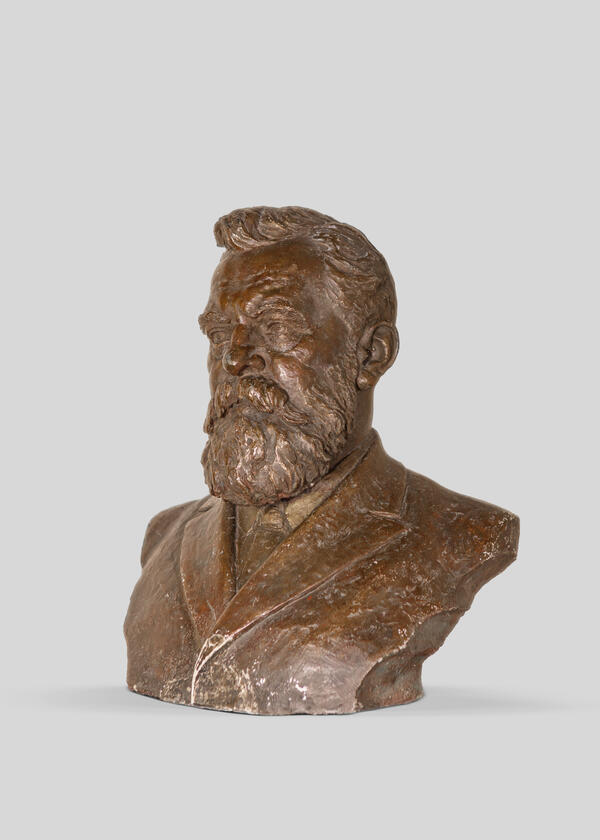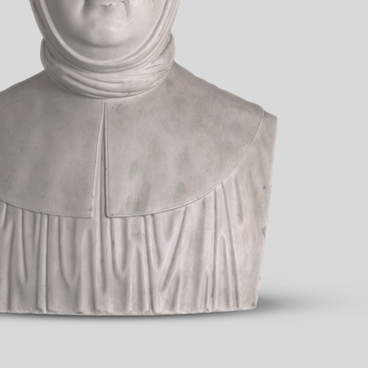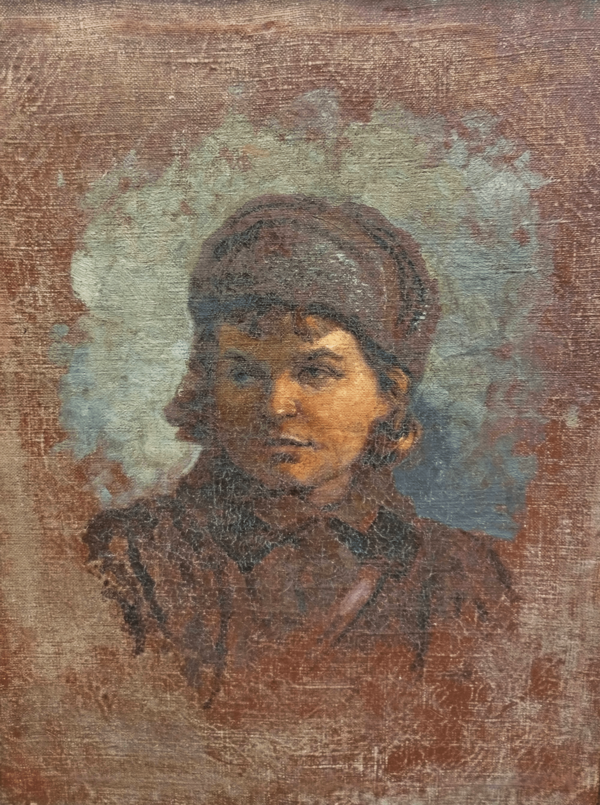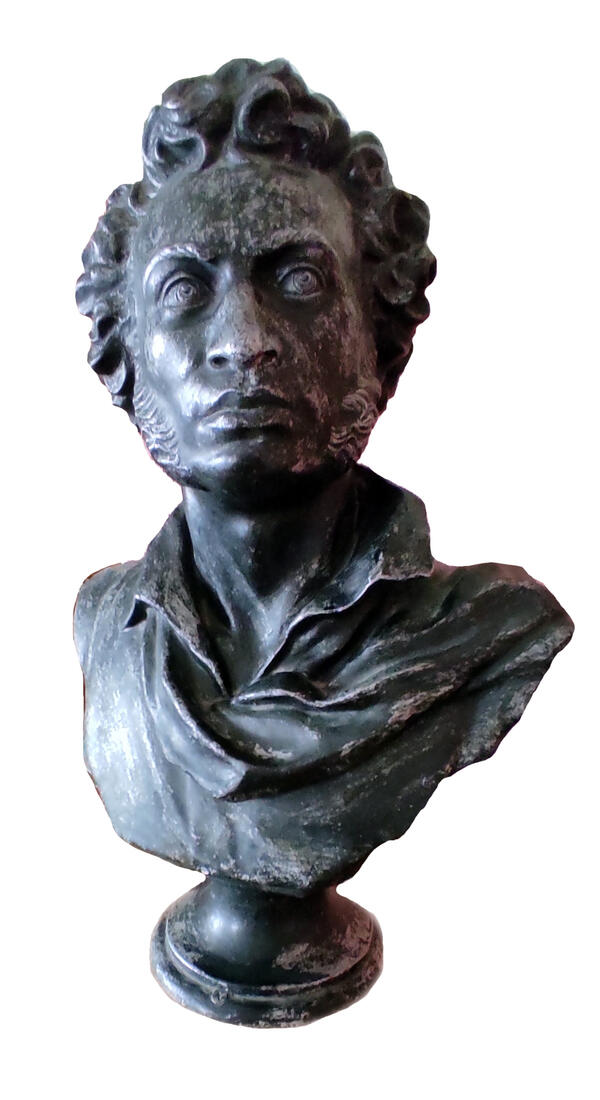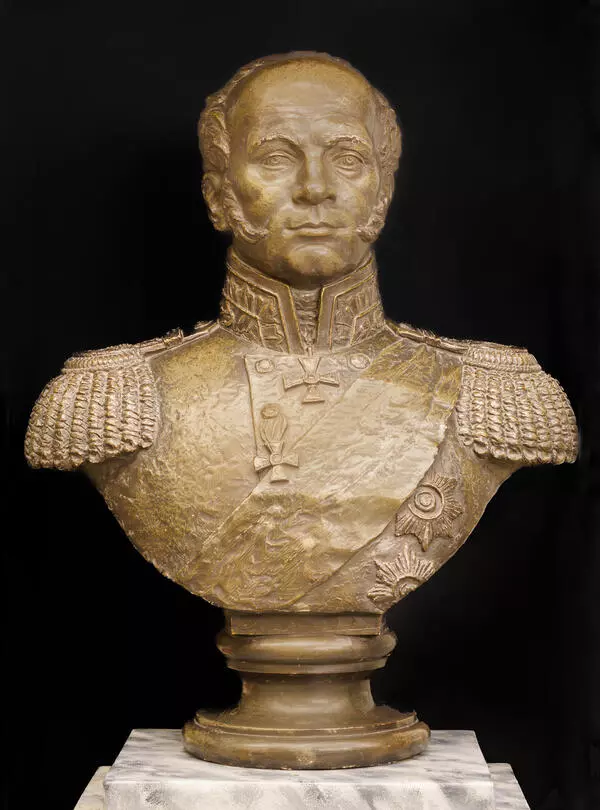The museum’s collection presents a sculptural portrait of Dmitry Gennadyevich Burylin — the founder of the first museum in the city of Ivanovo. It was made by the Soviet sculptor Nikolay Vasilyevich Dydykin.
In his youth, Nikolay Dydykin was a Palekh icon painter. He then lived and worked in Leningrad for many years. He was awarded the title of the Honored Representative of the Arts of the RSFSR. The sculptor’s works earned him numerous prizes at international competitions. He also participated in the sculptural design of Leningrad subway stations.
Dmitry Burylin (1852–1924) was a hereditary honorary citizen of Ivanovo-Voznesensk, a manufacturer, a philanthropist, and a collector of “antiques and rarities”. In 1876, Burylin became a merchant of the second guild. That same year, he built a stone dyeing and printing workshop. In 1899, he became a merchant of the first guild. In 1909, he founded the “Dmitry Burylin Partnership of Ivanovo-Voznesensk Manufactories” with a capital of half a million rubles and the “Partnership of Shuya-Yegoryevsk Manufactory”.
The Burylin merchant family were natives of Ivanovo, descending from serfs. Dmitry Burylin’s grandfather Diodor, a calico printer and a serf of Count Sheremetev, bought a small attic room and founded a textile factory in 1812, thus marking the beginning of the entrepreneurial and factory business of the Burylins. Also, it was Dmitry’s grandfather who established the tradition of collecting in the family. After his tragic death in 1864, the collection of “Slavic-and-Russian church books” and “old manuscripts and ancient icons” passed to his 12-year-old grandson Dmitry.
Collecting “rarities” became the meaning of Burylin’s
entire life. He once wrote, “The museum is my soul, and the factory is a source
of means for life and its replenishment.” Despite only receiving a home
education, Burylin was a truly talented person with many natural gifts. His
inquiring mind, vitality and diligence were the main driving forces in his
activities. He maintained extensive correspondence with many people, including
Leo Tolstoy, Sophia Tolstaya, Ivan Tsvetaev, Dmitry Tsvetaev, Prince Nikolai Shcherbatov
(the head of the Imperial Historical Museum of Russia), members of the Russian
clergy, and other collectors.


